




Every time you do laundry, do you notice that your washing machine shakes or moves around? This can be quite frustrating, especially if you have a small laundry room or if the noise bothers you. The good news is that leveling your washing machine is an easy task that you can do on your own.
The first step to level your washing machine is to locate the adjustable feet. These are usually located at the bottom corners of the machine. Use a wrench or pliers to turn the feet in the appropriate direction to level the machine. It may take a few adjustments to get the machine stable.
Once you have adjusted the feet, place a level on top of your washing machine. This will help you determine if the machine is truly level. If the bubble on the level is centered, your machine is level. If not, adjust the feet accordingly until the machine is stable.
Remember to check the level of your washing machine periodically, as it may shift during use. It’s also a good idea to keep your washer on a hard, flat surface to prevent any unnecessary movement.
Now that you know the simple steps to level your washing machine, you can say goodbye to those annoying vibrations and noises. Enjoy doing your laundry in peace and quiet!
Why Leveling Your Washing Machine Is Important
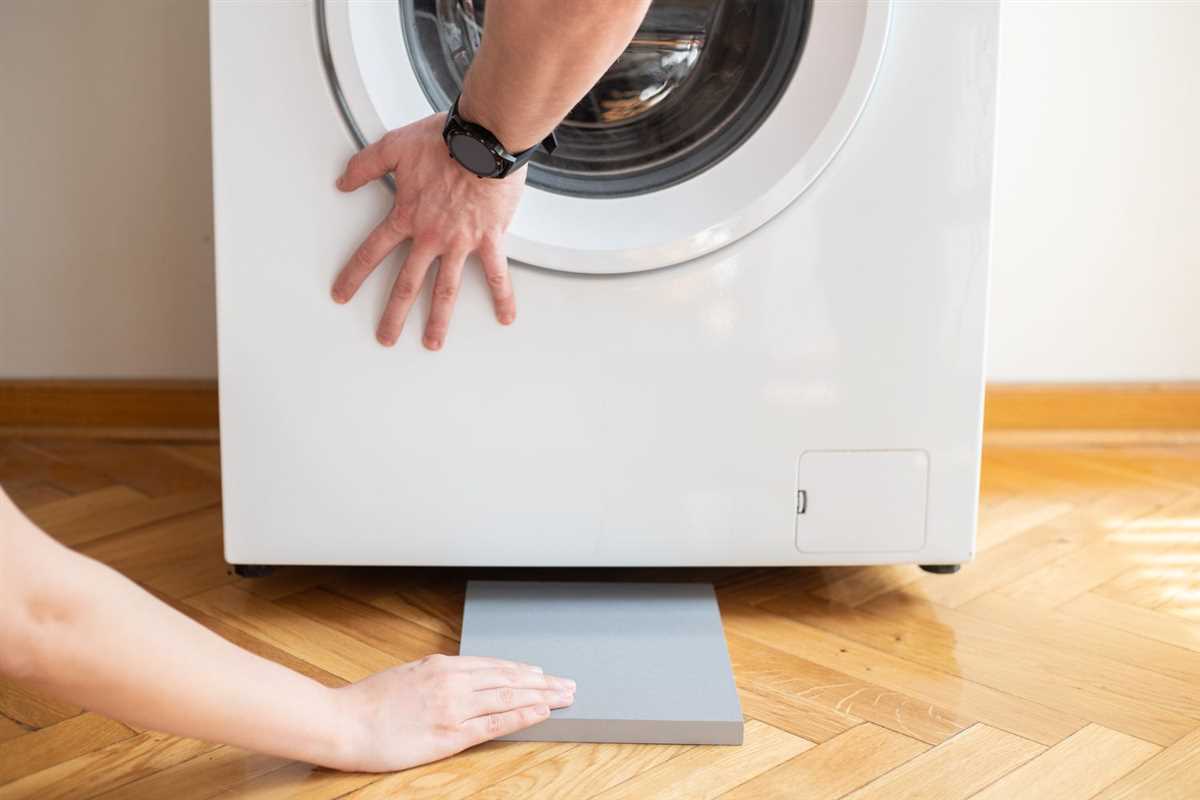
Leveling your washing machine is an essential step in maintaining the efficiency and effectiveness of your appliance. If your washing machine is not level, it can lead to a range of problems that can affect its performance and lifespan.
1. Stability
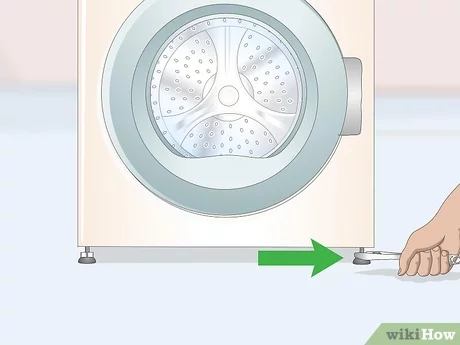
When a washing machine is not properly leveled, it can become unstable during the spin cycle. This can cause it to vibrate and move around, potentially damaging the machine itself and the surrounding area. A stable washing machine, on the other hand, will stay in place and not cause any unnecessary movement.
2. Proper Functioning
Leveling your washing machine ensures that it is at the correct angle to function properly. If the machine is tilted or uneven, it may not distribute water and detergent evenly, resulting in poor cleaning performance. Additionally, an unlevel washing machine may not drain properly, leaving behind excess water in your clothes.
3. Noise Reduction
A properly leveled washing machine will run more quietly compared to a machine that is not leveled. When a washing machine is off-balance or tilted, it can create excessive noise during the wash and spin cycles. Leveling the machine helps to reduce these vibrations and minimize the noise produced by the appliance.
4. Longevity
By leveling your washing machine, you can help extend its lifespan. When a machine is not level, it puts unnecessary stress on its components, such as the motor, drum, and bearings. Over time, this can lead to premature wear and tear, resulting in the need for repairs or replacement.
5. Protection of the Flooring
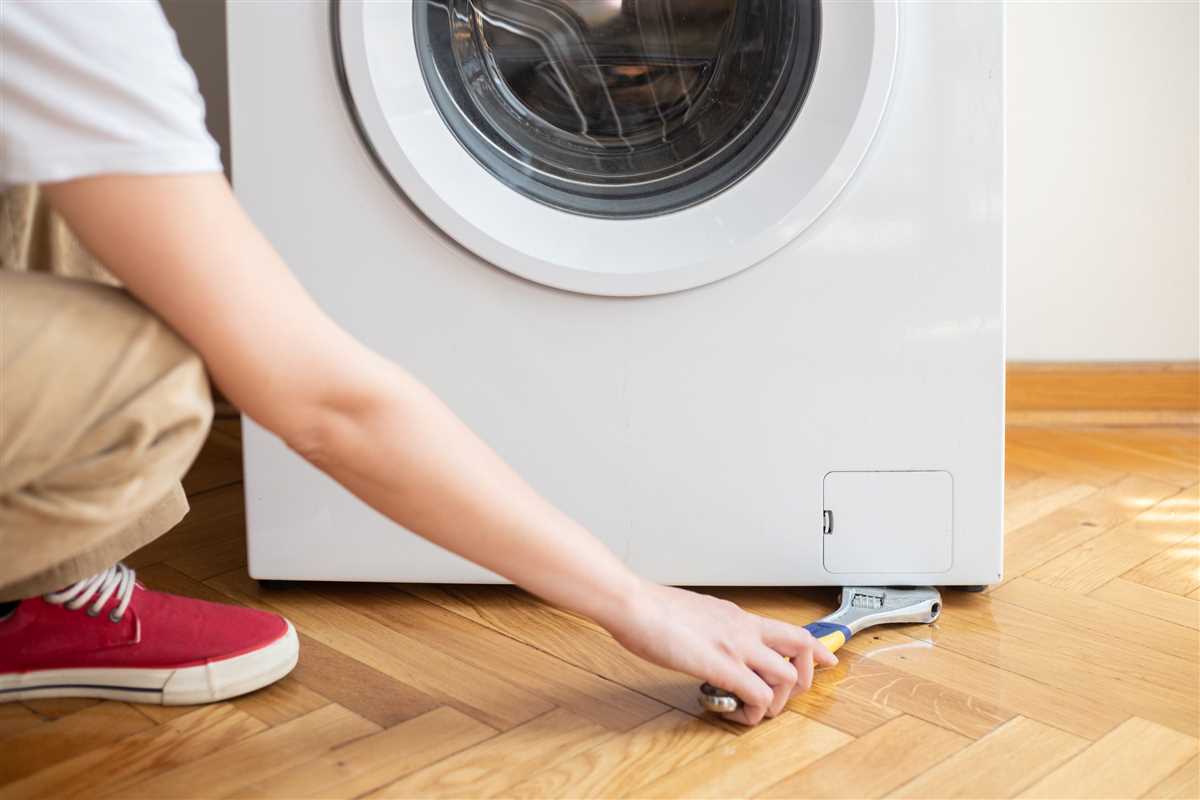
An unlevel washing machine can cause damage to the floor beneath it. The excessive vibrations and movement can create scratches, scuffs, and even cracks in delicate flooring materials, such as tiles or vinyl. Properly leveling your machine helps to prevent this damage and keep your flooring in good condition.
6. Energy Efficiency
When your washing machine is level, it can operate more efficiently. A level machine ensures that the load is evenly distributed, allowing for better water and energy usage during each cycle. This not only saves you money on utility bills but also helps to reduce your environmental impact.
Conclusion
Leveling your washing machine is a simple yet important task that should be performed regularly. It helps to maintain the stability and proper functioning of your machine, reduces noise, protects the flooring, increases its longevity, and improves its energy efficiency. Taking the time to level your washing machine can save you from potential problems and ensure you get the most out of your appliance.
How to Tell if Your Washing Machine Isn’t Level
If you notice that your washing machine is vibrating excessively or making loud noises during a wash cycle, it may be a sign that your machine is not level. Here are a few ways to determine if your washing machine isn’t level:
- Visible movement: Watch the machine closely during a wash cycle or spin cycle. If you see the machine rocking or moving excessively, it is likely not level.
- Uneven load distribution: If your machine is not level, it may cause the load inside the drum to become unevenly distributed. This can lead to excessive vibration or banging noises.
- Leaning to one side: Take a step back and look at your washing machine from a distance. If it appears to be leaning to one side, it is a clear indication that it is not level.
It is important to address any unevenness in your washing machine’s level as soon as possible. A washing machine that is not level can cause damage to the machine itself or the surrounding area.
If you suspect that your washing machine is not level, it’s a good idea to check the level using a spirit level or a smartphone app that can measure inclination. This will give you a more accurate assessment of the machine’s level and help you determine if adjustments need to be made.
Once you have confirmed that your machine is not level, you can follow the easy steps outlined in our previous article to level your washing machine and ensure its stability during operation.
The Tools You’ll Need to Level Your Washing Machine
To level your washing machine and ensure it stays stable during the wash cycle, you’ll need a few basic tools. These tools will help you adjust the height of the washing machine’s legs and make it easier to achieve a level surface. Here are the tools you’ll need:
- A bubble level: This level will help you determine if the washing machine is perfectly level or if it needs to be adjusted.
- An adjustable wrench: This wrench is used to loosen and tighten the lock nuts on the washing machine’s legs, allowing you to adjust their height.
- A hex key or Allen wrench: Some washing machine models have adjustable legs that require a hex key or Allen wrench to adjust. This tool will allow you to loosen and tighten the leg adjustment screws.
- A tape measure: This tool will help you measure the distance between the floor and the bottom of the washing machine to ensure all legs are adjusted to the same height.
By using these tools, you’ll be able to easily level your washing machine and prevent any shaking or vibrations during the wash cycle. It’s important to keep your washing machine level to prevent potential damage to the machine and ensure optimal performance.
Step-by-Step Guide to Leveling Your Washing Machine
1. Prepare the necessary tools and materials
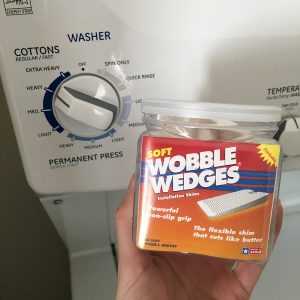
Gather the following tools and materials before you begin:
- Level
- Adjustable wrench
- Wood shims
2. Turn off and unplug the washing machine

Make sure the washing machine is completely powered off and unplugged before you begin. This will help prevent any accidents or injuries during the leveling process.
3. Locate the leveling feet
Check the bottom of the washing machine for the leveling feet. They are usually adjustable and can be found near the corners of the machine.
4. Use the level to check if the machine is level
Place the level on top of the washing machine and check if it is level from front to back and side to side. Make note of which areas need adjustment.
5. Adjust the leveling feet
Using an adjustable wrench, loosen the lock nuts on the leveling feet. Turn the feet clockwise to raise the machine and counter-clockwise to lower it. Adjust each foot until the machine is level.
6. Check the level again
After making the adjustments, place the level on top of the machine again to check if it is now level in all directions. Readjust the leveling feet as needed until the machine is completely level.
7. Add wood shims if necessary
If the leveling feet are unable to completely level the machine, you can use wood shims to fill the gaps underneath. Simply slide the shims under the corners that need additional support until the machine is stable.
8. Secure the lock nuts

Once the washing machine is level, use the adjustable wrench to tighten the lock nuts on each of the leveling feet. This will prevent them from coming loose during use.
9. Test the stability

Gently rock the washing machine back and forth to ensure it is stable and does not wobble. If it does, repeat the leveling process until it is stable.
10. Plug in and test the washing machine

Once you are satisfied with the stability of the machine, plug it back in and turn it on. Run a test cycle to ensure it is functioning properly.
11. Regularly check for level
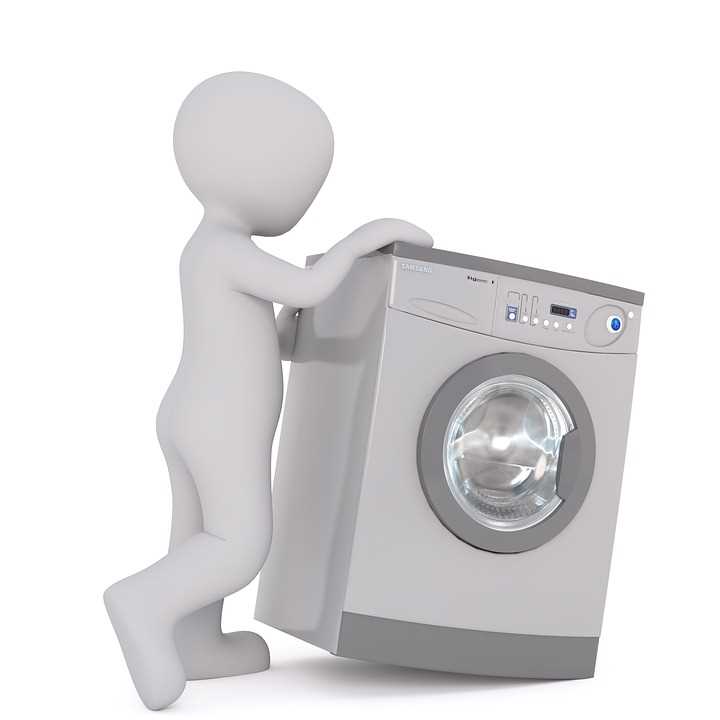
It is a good idea to periodically check the level of your washing machine to ensure it remains stable. If you notice any wobbling or instability, repeat these steps to level the machine again.
Tips for Keeping Your Washing Machine Stable
Having a stable washing machine is important for efficient and effective laundry cycles. Here are some tips to keep your washing machine stable:
- Leveling: Ensure that your washing machine is properly leveled. Use a bubble level to check the machine’s position. Adjust the machine’s feet, if necessary, to achieve a level surface.
- Sturdy Flooring: Place your washing machine on a sturdy and solid floor. Avoid placing it on uneven surfaces, such as carpet or weak floorboards.
- Anti-Vibration Pads: Consider using anti-vibration pads or mats under your washing machine. These pads can help absorb vibrations and reduce the noise produced during the spin cycle.
- Secure the Drum: Make sure that the drum inside the washing machine is secure. Check for any loose parts or objects that may be causing instability. Tighten any loose bolts or screws.
If you continue to experience issues with your washing machine’s stability, it may be best to consult a professional technician or the manufacturer for further assistance. They can help identify any underlying problems that may be affecting its stability.
FAQ
What are the signs that my washing machine is not level?
There are several signs that indicate your washing machine is not level. These include excessive vibrations or shaking during the spin cycle, the machine moving or “walking” across the floor, uneven loads, and water leaking from the machine.
Why is it important to have a level washing machine?
Having a level washing machine is important for several reasons. Firstly, it ensures that the machine operates efficiently and effectively, as an unlevel machine can cause excessive wear and tear on the internal components. Additionally, a level washing machine helps to prevent injuries and accidents, as an unlevel machine can be unstable and prone to tipping over.
What tools do I need to level my washing machine?
To level your washing machine, you will need a spirit level, adjustable wrench or pliers, and possibly, shims or anti-vibration pads. The spirit level is necessary to determine if the machine is level, while the adjustable wrench or pliers are used to adjust the machine’s legs. Shims or anti-vibration pads may be required to stabilize the machine and reduce vibrations.










